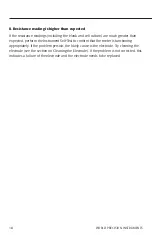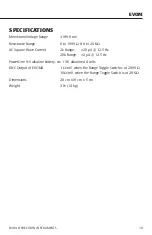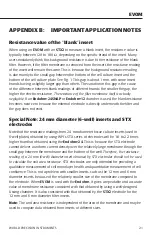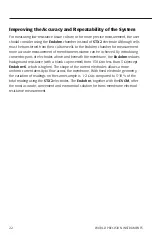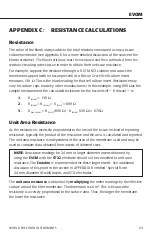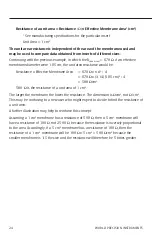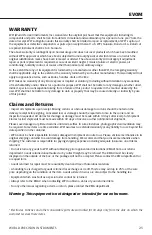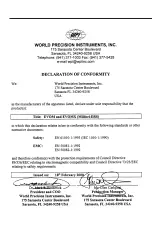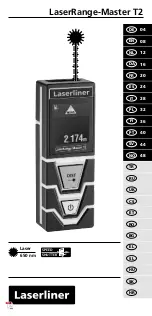
the
EVOMX
. It differs from the
STX2
in that the distance between the probes of the
STX3
can be adjusted.
STX100C
and
STX100F
are optional electrodes specifically for use with the
EVOMX
, but
may also be used with the EVOM. Specialized for high throughput screening (HTS) plates,
they combine the advantages of the
STX2
and
Endohm
, measuring TEER directly in the
culture plate with good reproducibility.
Endohm
is an optional electrode chamber for the
EVOM
for measuring low-resistance
tissue culture cells or when increased precision is desired. It can also be used for
studying the tight junction changes induced by chemicals and other factors. Concentric
pairs of electrodes above and below the insert membrane results in excellent stability
and reproducibility (see Appendix A: Improving the Accuracy and Repeatability of the
System). Unlike the
STX2
, the inserts have to be transferred from the culture plate to
the
Endohm
chamber to make a measurement.
CaliCell
™ is a cell culture insert with a synthetic membrane which mimics a confluent
epithelial membrane’s resistance in fluid. Each
CaliCell
insert is has an established
resistance measurement determined at the time of manufacture and against which the
system resistance can be compared. Used as a control to check the functionality of the
system,
CaliCell
is especially useful when working with confluent cells that yield low
resistance readings, causing concern that the
EVOM
system is not working. The high
resistance readings obtained with
CaliCell
provide reassurance that the
EVOM
system
is operational. Although the resistance may vary with time,
CaliCell
cups will remain
reasonably constant for several years if stored at room temperature. They can be used to
test the
EVOM
(and Ussing) system with a variety of electrode configurations.
14 WORLD PRECISION INSTRUMENTS



















